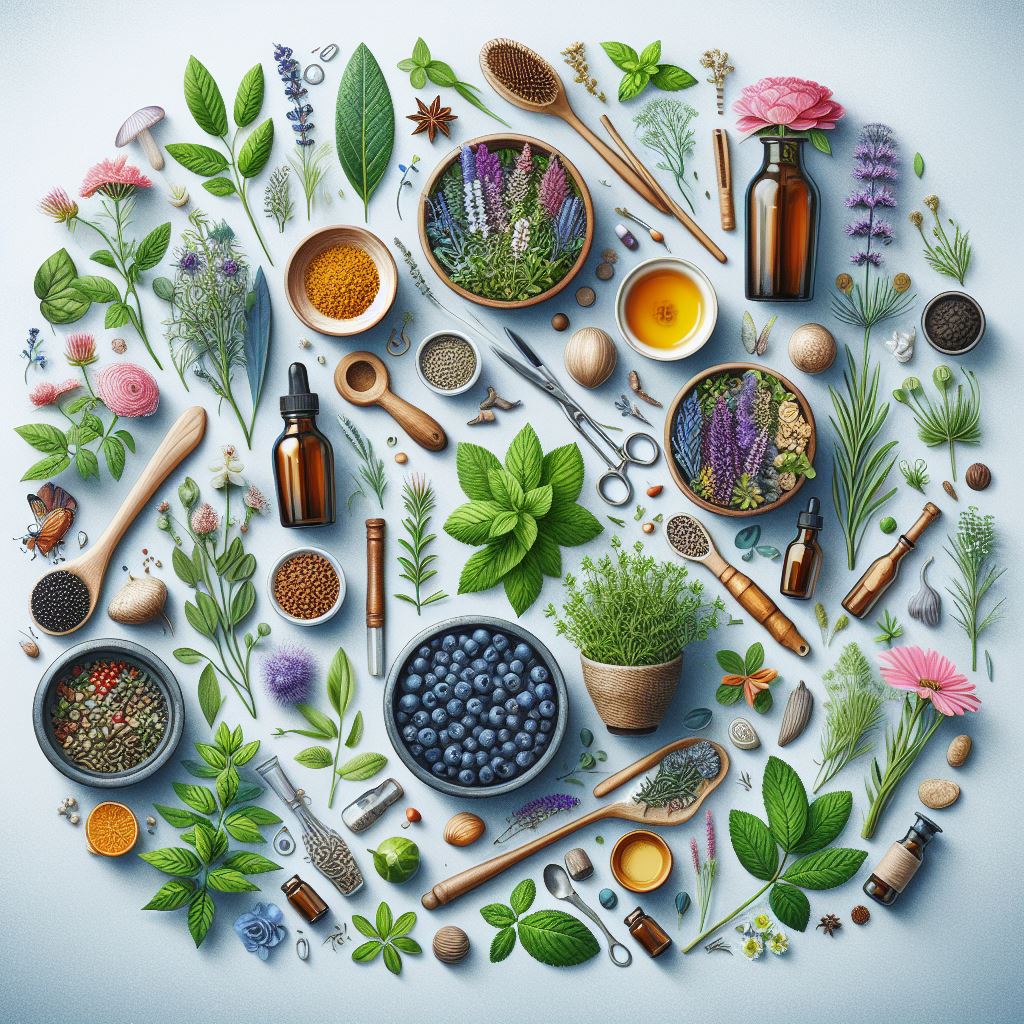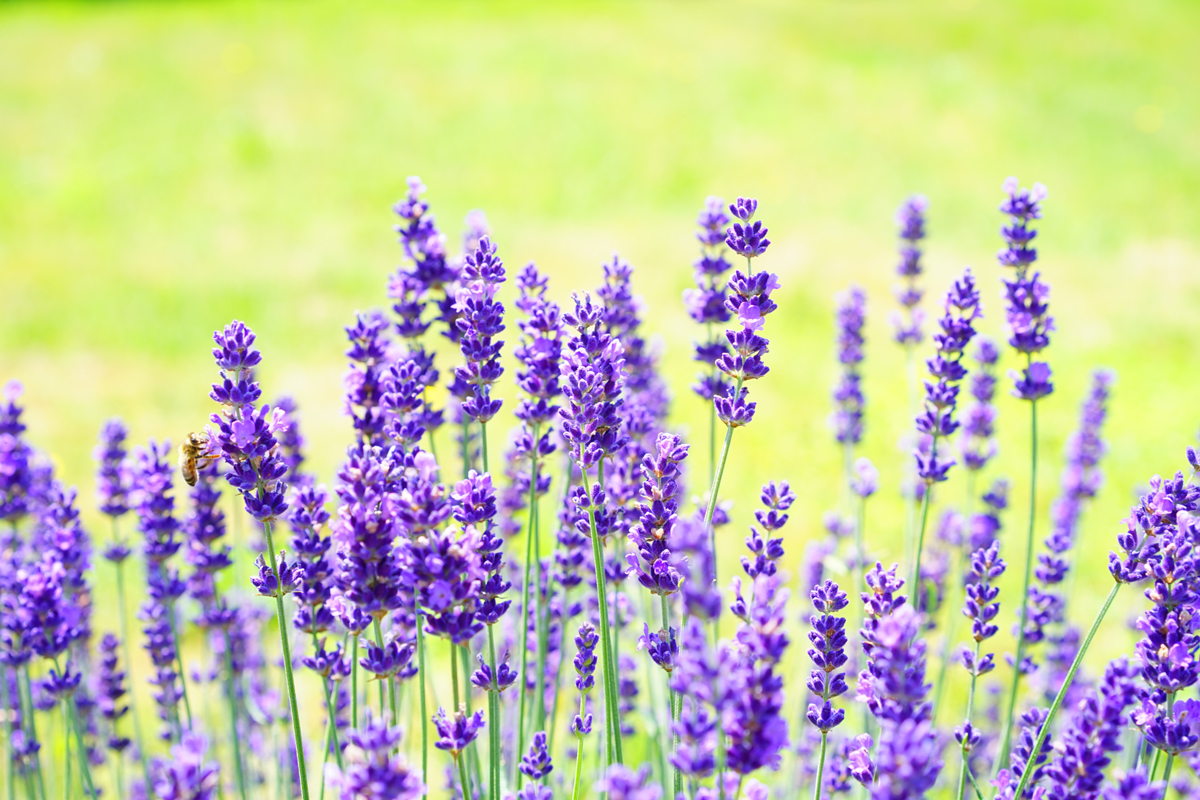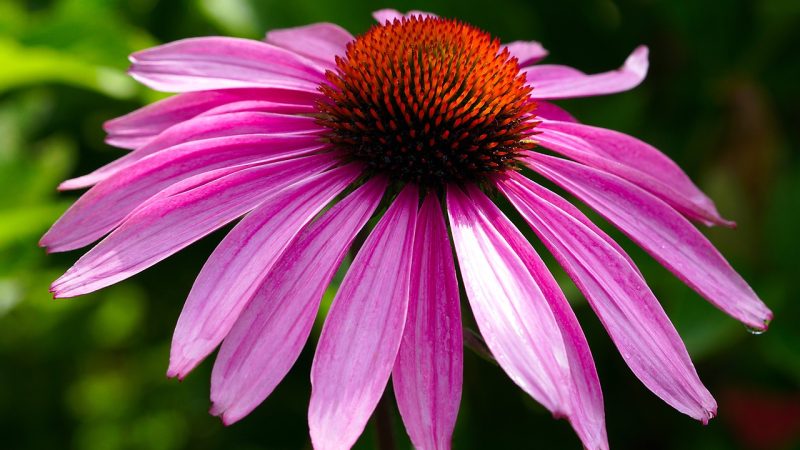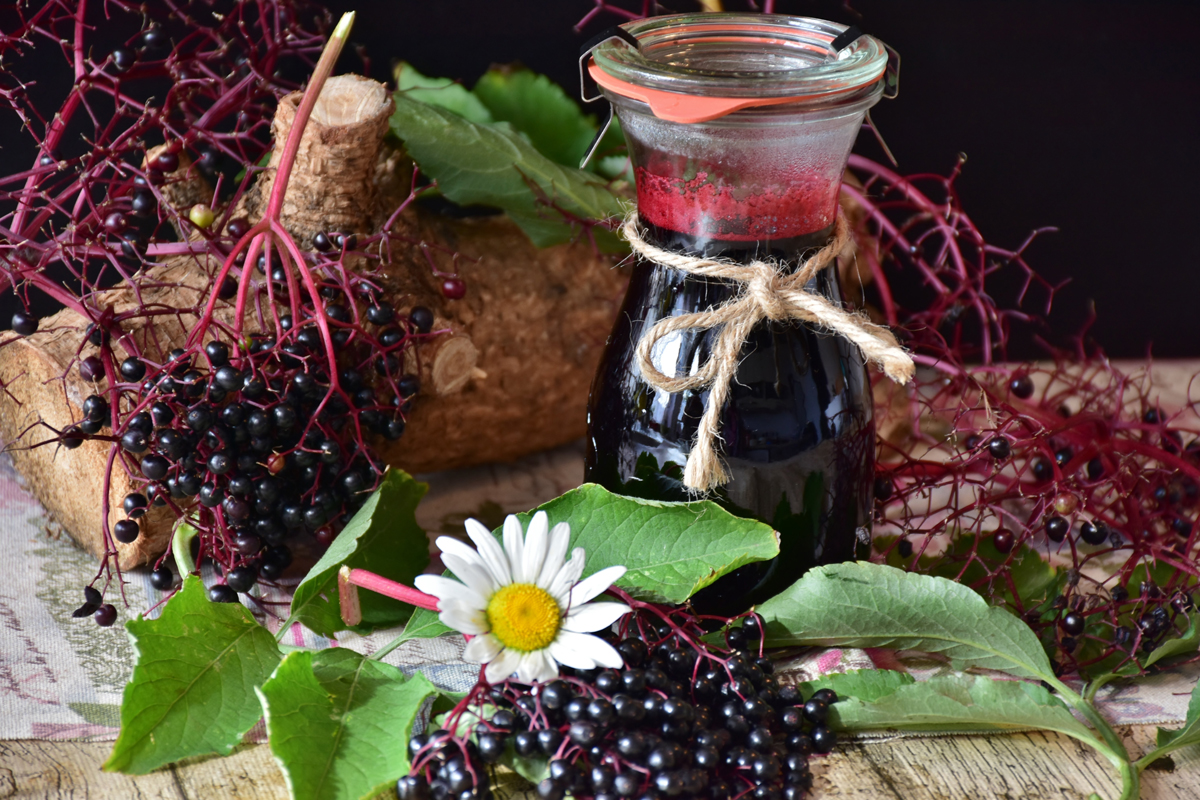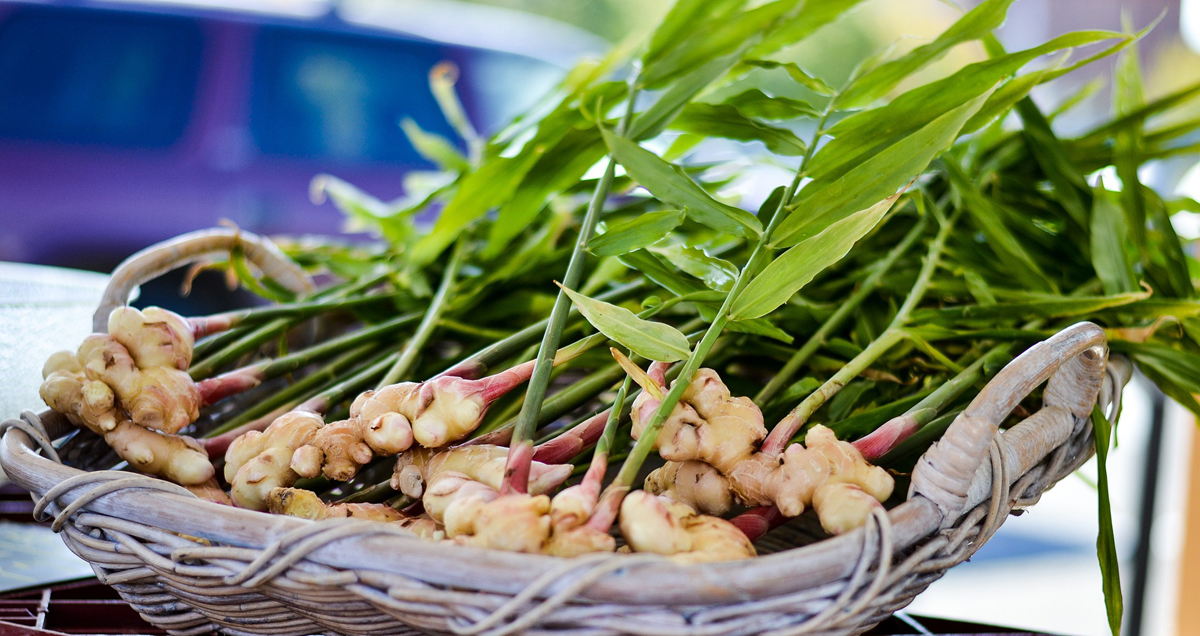Consider Growing These Healing Herbs
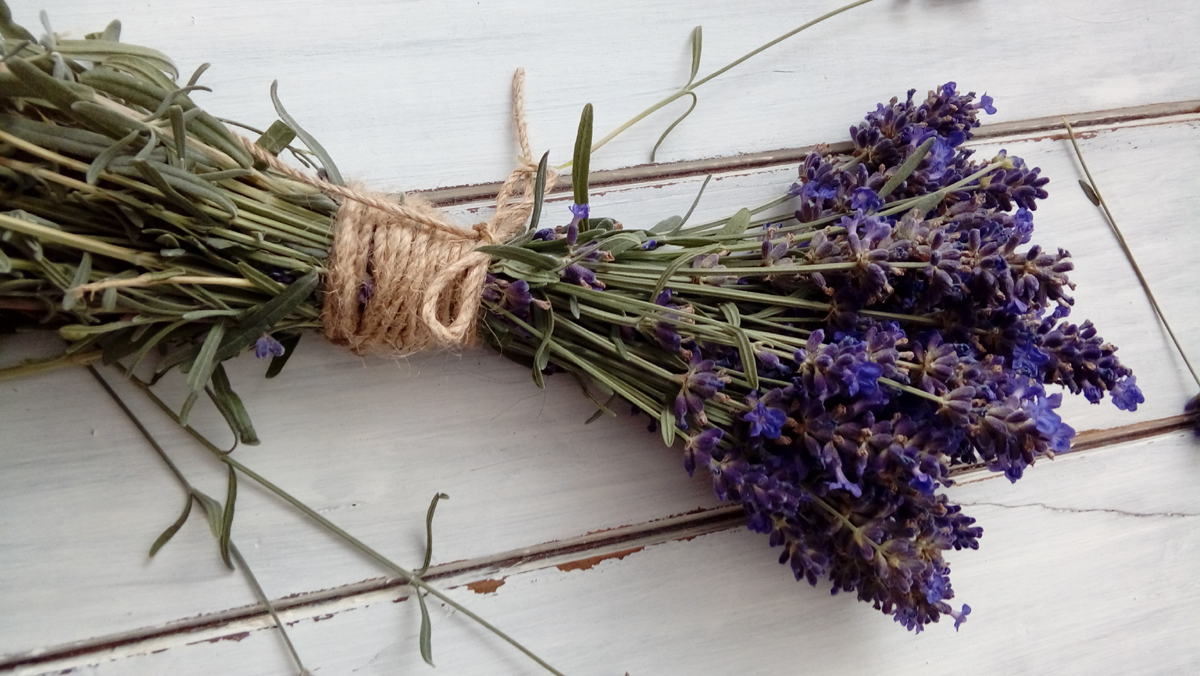
Many people who are interested in living a healthy lifestyle spend an awful lot of money on herbs but you can grow them yourself and enjoy an entire garden of healing herbs. Many of the varieties of spices, teas, and other plants that you see in your kitchen are actually very easy to grow.
The following are a list of medicinal plants you can grow very easily:
Echinacea:
Echinacea may have a hand in building up the body’s immune system. Symptoms of sicknesses such as colds and flu are also treated with this powerful medicinal plant. The most powerful portion of the plant is the root and it grows best in temperatures ranging from 55 to 75º F.
Lavender:
This is a great relaxant, and the oils of it are often mixed with chamomile in bath water. It is also used to make the house smell nice, as it is added to potpourri and candles in various forms (dried or oils). It grows best as a sunny border around other flowers. It’s long stem of purple blossoms is very pleasing to the eye.
Mint:
Mint is thought of as a natural medicine and used to sooth and relax upset stomachs. It also adds a wonderful addition to popular tea blends, and makes a great breath freshener. It works best when placed in moist, moderately rich soil that is slightly acidic, in partial shade. However, it does grow in just about any soil or any amount of sunlight. It is a great way for beginners to break into herbal gardening.
Garlic:
If you want to build your body’s defenses against illness, this root is a popular choice. People often take it to help keep blood pressure levels down as well. It thrives well in USDA hardiness climate 2, and takes about eight months to mature.
It is best to buy garlic in the late fall and early winter and store it until about six weeks before the soil freezes. Then the garlic plants should be placed in an area of the garden that gets the most sun. It is recommended that the pH level of the soil be 6.2 to 6.8, but it also grows within a pH range of 5.0 to 8.0.
Chamomile:
If you need to relax, this herb will help. Moreover, this herb is often added to a tea mixture that is used to treat insomnia or stomach aches. Chamomile oil is often mixed with bath water. Chamomile grows best in well-drained soil.
Onions:
This is considered a vegetable, but is often used in dried forms as well. Onions are a major source of antioxidants. They play a very important role in body detoxification as well.
St. John’s Wart:
The main role of this plant is in helping promote positive mood. This plant also has been considered effective for its anti-anxiety properties. It is often recommended for people with mild depression problems. This plant produces clusters of yellow flowers that bloom from July to August.
Rosemary:
This is an herb that adds luster to the hair. It also alleviates dandruff. It is recommended that you purchase young plants to cultivate versus seedlings.
Basil:
This makes a great mosquito repellent and headache reliever. The seeds of this herb should be planted when the ground is warm.
Comfrey:
The seeds of these herbs can be placed in partial shade near the basil plants. This plant is used to treat wounds and broken bones. It grows 2 to 3 feet tall.
Roses:
Some flowers of this variety serve as a gentle facial and skin treatment. When mixed with garlic it acts as an antiseptic. This mixture also has a fair amount of stimulant properties.
Lemon Balm:
Certain types of lemons such as this one grow to 4 feet tall in partially shaded areas, preferably in the back of the garden. This powerful substance mixed with tea can help reduce or eliminate headaches.
Pyrethrum:
This could be considered the “mother of all herbs” in a way because it protects the rest of the garden from pesticides. It does best in rich, heavy soil. Usually it is sown by seed, but root division works well too.
The Author:
Lawrence L. Hoyle, author, 54 years in the Landscape Profession. Check out his main website at: Web-landscape-design-ideas.com. This website has free Landscape help for Do-It-Yourselves and a online Landscape Design Services for Homeowners, Landscape Contractors and Home Builders.
Photo. Darina Baranova


